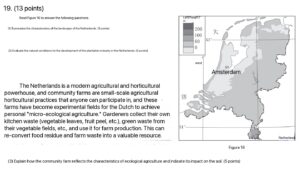Designing for a Sustainable Future: Why Architecture Can’t Work Alone

As the climate crisis intensifies, the need for truly sustainable architecture has never been greater. But designing sustainable buildings is not simply about adding solar panels or choosing eco-friendly materials. It demands a fundamental shift in how we think, collaborate, and act across disciplines.
Sustainable design must integrate environmental science, urban planning, sociology, material engineering, and even behavioral psychology. Architects alone cannot deliver future-proof solutions. Instead, we need interdisciplinary teams that can balance thermal performance with human well-being, spatial identity with biodiversity, and long-term resilience with short-term affordability.
Lorraine Farrelly, in Sustainable Futures in the Built Environment to 2050, argues for design approaches rooted in ecological effectiveness, not just efficiency. This means designing not to minimize harm, but to generate positive impacts: buildings that clean air, collect water, grow food, or foster stronger communities.

A geography exam question for grade 12 students in Beijing, China
A compelling example of this approach is found in Almere, a planned city in the Netherlands. In the district of Oosterwold, urban planning takes a radical turn: residents are not just passive occupants—they are co-creators of their neighborhoods. From water systems to food production, roads to energy grids, people work together to design and build infrastructure that suits local needs and values. Architects, planners, farmers, and citizens co-design an environment that is both livable and regenerative.
This is what the future of sustainable design looks like—not isolated innovations, but collaborative systems thinking that unites disciplines and empowers communities.
To build better cities, we must stop asking only what buildings can do—and start asking what people, places, and disciplines can do together.



